Using Telehealth, concussion care specialists may make a diagnosis and design an individualized treatment plan. Concussion online tests are one of the methods your doctor may use to diagnose a concussion. Read…
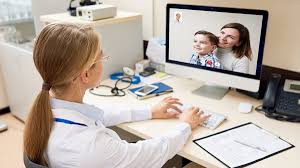
The Fourth Annual Summit on Sports Concussion and Other Athletic Injuries was recently held in Los Angeles, California and brought together nationally renowned physicians, researchers, and other sports medicine professionals to present the latest information on the recognition, management, and treatment of athletes who have been diagnosed with concussions.
The Summit was designed to get relevant information into the hands of all of those who have a stake in working with athletes with concussions including sports medicine professionals, parents, coaches, administrators, and policy advocates who have a role in shaping legislation.
Sponsoring the Summit was the Sports Concussion Institute (SCI) whose mission is to “address the comprehensive needs of the athlete who has sustained a concussion, in order to facilitate his or her recovery and safe, confident return to play” (SCI Brochure).
With the increased national focus on the long term effects of a concussion on the brain, researchers and sports medicine professionals from across the country are pooling their resources to better understand the effects of concussions on the athlete as well as how to properly manage and treat an athlete with a concussion.
Dr. Jeffrey Kutcher, MD, Director of Michigan NeuroSport, Department of Neurology from the University of Michigan was one of the main speakers for the conference. His primary message was that the difficulty in treating patients with concussions is that each athlete may experience his/her concussion differently. Because concussions may affect each athlete differently, sports medicine professionals need to treat each athlete uniquely and not automatically follow a set protocol.
Compounding the challenge of diagnosing and treating concussion was that Dr. Kutcher stated that each athlete has a different “set point” for concussion. Some athletes can receive multiple blows to the head and feel little effects while others are more sensitive to concussive injuries and may feel significant symptoms with fewer concussive injuries or with less intensity of hits.
This is the difficult part of trying to understand “how much is too much”. How many blows to the head can an athlete sustain and still be able to compete? It is a valid question and one that probably will not be answered easily or in the near future.
According to Dr. Kutcher’s presentation, each athlete needs to be managed independently according to the signs and symptoms that he/she experiences after sustaining a concussion. Both the time that it takes an athlete to recover from a concussion and the ability to continue to play should be based solely on the severity of the symptoms experienced by the athlete.
Dr. Kutcher also reemphasized that the old “grading” scales for diagnosing a concussion have been replaced by a new system of determining the severity of a concussion based on the length that the athlete experiences his/her symptoms. Grading scales to determine the severity of concussion was primarily based on the length of time that an athlete was rendered unconscious.
It has now been determined that “loss of consciousness” is not a good indicator of the severity of a concussion and that the most reliable indicator of how long an athlete may experience symptoms of concussion is the length of time that an athlete experiences “fogginess”.
Unfortunately, according to Dr. Kutcher, a recent survey of NCAA universities revealed that 61% of universities are still using “grading scales” to determine return to play for concussed athletes. This is a practice that needs to be addressed quickly by those working and treating athletes at these universities.
Presenting information on the latest biomechanics research in the study of concussions was Dr. Kevin Guskiewicz, PhD, ATC, and Chairman of the Exercise and Sport Science Program at the University of North Carolina. Using the latest in biomechanics equipment, the Head Impact Telemetry (HIT) System, Dr. Guskiewicz is currently studying the biomechanics of a hit in football.
The HIT system is a football helmet with sophisticated motion sensors placed throughout the helmet. The system can measure the number of “g-forces” exerted on the brain with each hit that the athlete takes. There are currently 60 football players using the system. This type of study will be able to produce important and critical data towards understanding the type of hits taken to the head and the corresponding forces sustained by the brain.
Researchers will be looking at developing correlations between specific types of hits to the head and the number of forces they elicit. For example, do direct hits to the crown of the head elicit more forces than hits that result in rotational forces to the head?
They will also look at the difference between the forces sustained to the brain by an athlete who “anticipates” a hit versus one who does not see it coming. If there is a difference, can athletes then be trained to quickly change head/body position to lessen the number of forces sustained by the brain if they anticipate an incoming hit?
Just as research is advancing in the diagnosis and treatment of concussions, new treatment centers have been developed to provide the concussed athlete with interdisciplinary and comprehensive treatment options. One such place is the Sports Concussion Institute (SCI).
The Sports Concussion Institute was created to provide specialized care in the “diagnosis, treatment, rehabilitation, and overall care of the concussed athlete”. This institute is comprised of three unique clinics specifically designed to meet the needs of the concussed athlete including: Mild Head Injury Clinic, Pain Management Clinic, and Memory Disorders Clinic.
What is noteworthy is that such a place exists. It is a sign that perceptions of concussions are changing from something that athletes were told to “shake off” to something that athletes, parents, coaches, and sports medicine personnel need to take seriously.
As Dr. Guskiewicz put it “sport is the research laboratory” when addressing the problem of better understanding concussions. New research will drive the change that is needed to protect athletes from the cumulative effects of concussions.
A second opinion should be considered when deciding on a high-risk procedure like surgery or you want another opinion on your treatment options. It will also provide you with peace of mind. Multiple studies make a case for getting additional medical opinions.
In 2017, a Mayo Clinic study showed that 21% of patients who sought a second opinion left with a completely new diagnosis, and 66% were deemed partly correct, but refined or redefined by the second doctor.
You can ask your primary care doctor for another doctor to consider for a second opinion or ask your family and friends for suggestions. Another option is to use a Telemedicine Second Opinion service from a local health center or a Virtual Care Service.
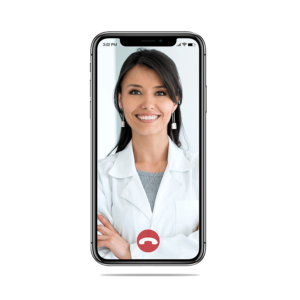 When you have questions like: I have an injury and how should I manage it? How severe is it and should I get medical care from an urgent care center or hospital? Who can I talk to right now? SportsMD Virtual Urgent Care is available by phone or video anytime, anywhere 24/7/365, and appointments within 5 minutes. Learn more via SportsMD’s Virtual Urgent Care Service.
When you have questions like: I have an injury and how should I manage it? How severe is it and should I get medical care from an urgent care center or hospital? Who can I talk to right now? SportsMD Virtual Urgent Care is available by phone or video anytime, anywhere 24/7/365, and appointments within 5 minutes. Learn more via SportsMD’s Virtual Urgent Care Service.
References

Using Telehealth, concussion care specialists may make a diagnosis and design an individualized treatment plan. Concussion online tests are one of the methods your doctor may use to diagnose a concussion. Read…
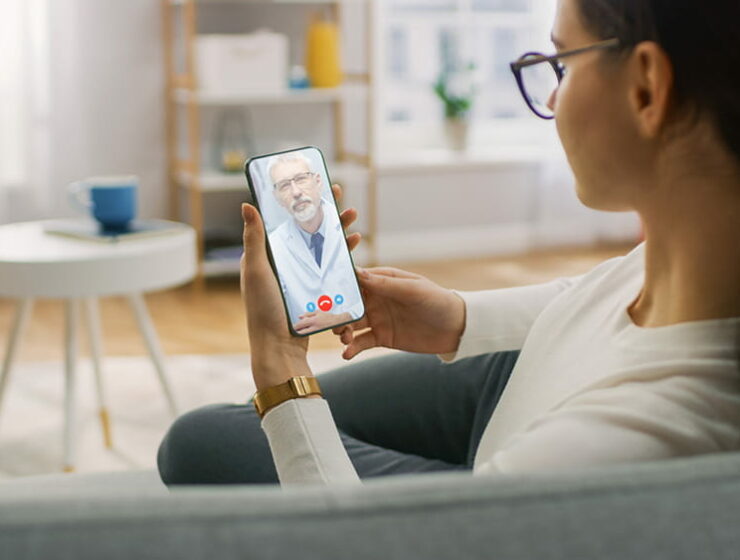
Looking for a concussion urgent care specialist near you but need help figuring out where to start? Here’s why you should consider Teleconcussion. The use of Telehealth to manage and treat concussions—Teleconcussion—is…

A medical second opinion is a legal and empowering tool to improve patient-physician relationships and optimize treatment outcomes. Orthopedic injuries are one of the most common injuries, affecting about a million…
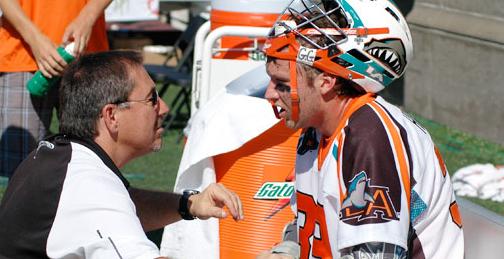
Concussion symptom duration in youth athletes has significantly shortened following the revision of concussion guidelines, according to a 2021 review published in the Journal of Osteopathic Medicine. Highlights Researchers compared the 2011-2013…
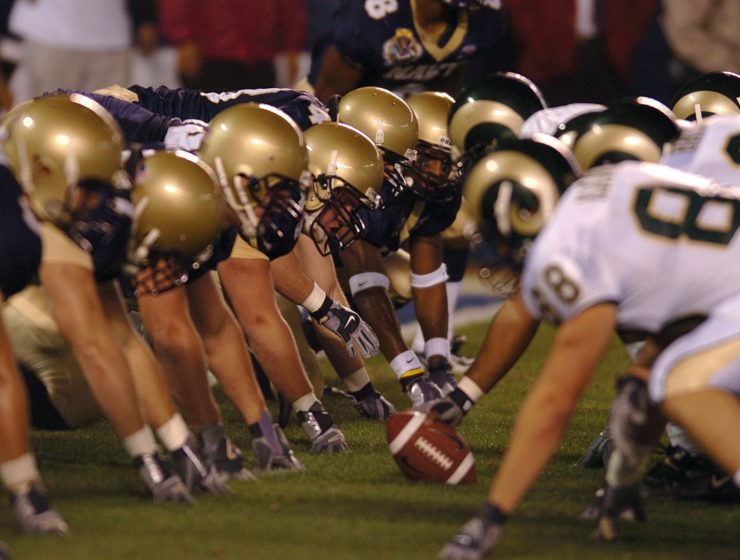
Football gets the lions share of attention when it comes to head injuries and how to prevent them, but sports like hockey, soccer, lacrosse and basketball are also in the crosshairs as…